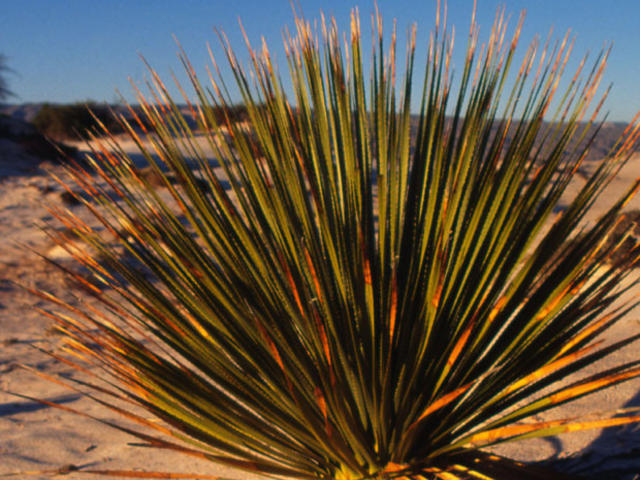The desert biome is a biome where the average amount of percipitation is erratic and less then 35 cm per year and evaporation exceeds percipitation. It is an area in which deficient and uncertain rain fall has made a strong impact on the structure, functions and behaivour of living things.
Mexico's main biomes are desert, temperate forests and tropical rain forests but the largest biome is the desert that is located in the center and upper parts of Mexico.
The Chihuahuan desert of Mexico is 362600 km2 and is on the US/Mexico border in central and northern parts of the Mexican Plateau, borders on the weat by the Sierra Madre Occidental range, along the northern parts od the Sierra Madre Oriental and borders the northern Durango and northern parts of Zacatecas. It is the third largest desert in the western hemisphere and is the second largest in north america after the Great Basin desert.
The Chihuahuan desert is a hot and dry desert with daily extremes with little humidity to block the sun's rays. The desert's surfaces recieve a little more then twice the solar radiation recieved by humid regions and loses almost twice as much at night. Mountains the the desert create "sky islands" of wetter and cooler areas within the desert that have coniferous and broad leafed woodlands. The Chihuahuan desert is a rain shadow desert because the two main mountain ranges covering the desert, the Sierra Madre Occidental to the west and the Sierra Madre Orietnal to the east block most moister from the Pacific Ocean and Gulf of Mexico. The only rain season is in summer and small amounts in early winter with the average rain fall being 150-400 mm of rain anually. Disturbances are common in the form of the ocational fire or sudden infrequent but intense rainfall that causes flooding. The adverage temperature is 75 degrees F.
This desert is known as the most biologically diverse desert in the world as measured by species richness. In deserts in general, there are only a few large mammals and only small mammals and only small non mammalian vertebrates like reptiles. There are very few large mammals because there is very little shelter from the sun in the desert for the mammals and most of them are not capable of storing sufficient water and withstanding heat. The animals include small nocternal carnivours, there are also insects, arachnids, reptiles and birds. The animals stay inactive and in protected in hide aways during the hot day and come out to forange at dusk, night or dawn when the desert is cooler.
The plants of the Chihuahuan desert are mainly ground- hugging shrubs and short woodly trees and leaves are replete (fully supported with nutrients) with water conserving characteristics. They tend to be small, thick and covered with a thick cuticle ( outer layers). In the cacti the leaves are much reduced to spines and photosynthetic activity is restricted to the stems. Some plants open their stomata ( microscopic openings in the epidermis of leaves that allow for gas exchange) only at night when evaporation rates are

The soils often have abundant nutrients because they need only water to become very productive and have very little or no organic matter. Soils are often course textured, shallow, rocky or gravely with good drainage and no subsurface water. There is less chemical weathering the finer dust and sand particles are blown away leaving heavier pieces behind.
No comments:
Post a Comment